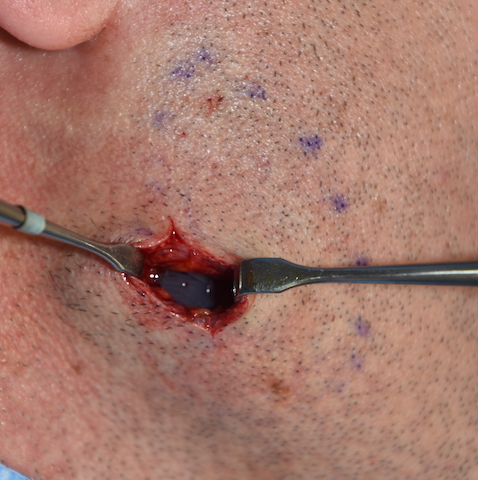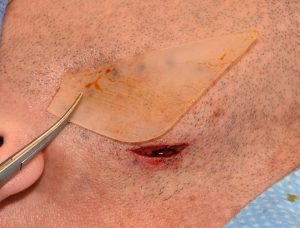Of all the facial areas that can be augmented by implants, the jaw angle is the most treacherous. Between getting the desired jaw angle shape and avoiding a soft tissue deficiency over it remains the unique challenges in any form of isolated jaw angle or custom jawline implant surgery.
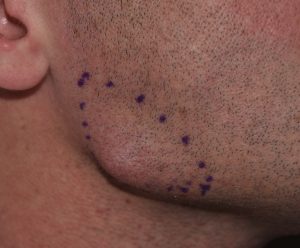
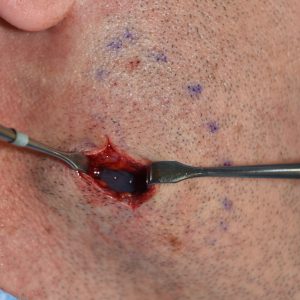
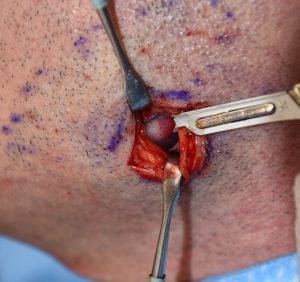
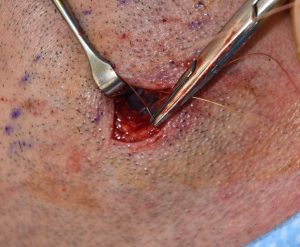

Dr. Barry Eppley
Indianapolis, Indiana

